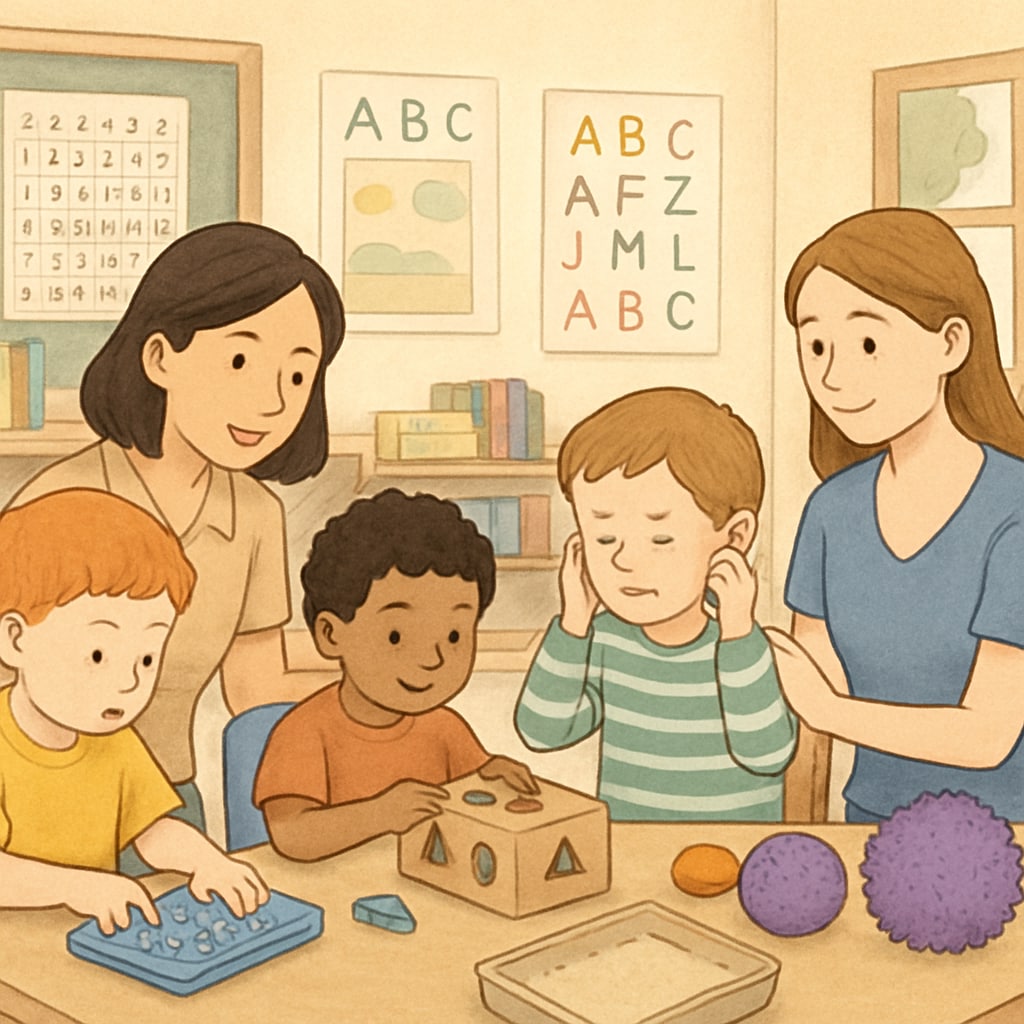Working in special education, autism, teacher assistants roles can be both incredibly rewarding and highly challenging. Educators in this field have the opportunity to make a life-changing impact on children with autism spectrum disorders (ASD), but success requires a unique combination of compassion, skills, and resilience. In this article, we will explore essential insights and strategies for professionals considering or already working in autism spectrum schools. From psychological preparedness to career development, this guide aims to provide a complete roadmap for those committed to making a difference.

Understanding the Landscape of Autism Spectrum Education
The first step to thriving in special education is understanding the diverse challenges and opportunities presented by autism spectrum disorders. Children with ASD often exhibit difficulties with social interaction, communication, and repetitive behaviors, but they also possess unique strengths such as heightened attention to detail, creativity, and visual thinking. Educators must approach each student with an individualized perspective, tailoring methods to suit their specific needs.
For teacher assistants, this means developing patience and a willingness to adapt on a daily basis. For example, sensory sensitivities may require accommodations like reducing noise levels or modifying classroom lighting. Educators should also familiarize themselves with evidence-based practices like Applied Behavior Analysis (ABA) or TEACCH methods, which have been proven to support learning and development in children with ASD.
To learn more about autism spectrum disorders, visit Autism spectrum on Wikipedia.
Preparing for Success as a Teacher Assistant
Before stepping into a special education classroom, teacher assistants should focus on building key skills and preparing mentally for the demands of the role. Here are some practical steps to get started:
- Learn the Basics: Take courses or attend workshops focused on autism education. Many organizations offer training programs that cover classroom strategies, communication techniques, and behavioral management.
- Practice Empathy: Working with children who face daily challenges requires a deep sense of compassion. Spend time volunteering or observing in special education settings to gain firsthand experience.
- Develop Resilience: Situations in autism spectrum schools can be unpredictable. Building emotional resilience will help you maintain a positive attitude even during tough days.
For additional resources, check out the Autism Spectrum Disorder page on Britannica.

Building Professional Growth in Special Education
Special education is not just a job—it’s a career that offers opportunities for continuous learning and development. Teacher assistants can advance their skills and career paths by incorporating the following strategies:
- Seek Certifications: Many states and countries offer certifications in special education or autism-specific teaching methodologies. These credentials can improve your employability and deepen your expertise.
- Collaborate with Colleagues: Build strong relationships with fellow educators, therapists, and parents. Collaborative teamwork ensures that students receive the best possible support.
- Reflect and Adapt: Regularly evaluate your methods and seek feedback from mentors or supervisors. Continuous improvement is key to professional success.
Remember, special education is as much about personal growth as it is about helping others. Many teacher assistants find that working with children on the autism spectrum teaches them invaluable lessons about patience, creativity, and perseverance.
Challenges and Rewards in Autism Spectrum Schools
While working in autism spectrum schools can be demanding, the rewards far outweigh the challenges. Teacher assistants often witness remarkable milestones, such as a child’s first words or breakthroughs in social interaction. These moments are a testament to the power of education and the dedication of those who work in special education.
It’s important to acknowledge that burnout can be a real concern in this field. Educators must prioritize self-care and seek support when needed. Building a strong support network among colleagues and maintaining a healthy work-life balance are essential for long-term success.
In conclusion, pursuing a career in autism spectrum education is a meaningful journey filled with opportunities to transform lives. By understanding the needs of children with ASD, preparing thoroughly, and investing in professional growth, teacher assistants and educators can create lasting impacts in the world of special education.
Readability guidance: Use concise paragraphs, avoid jargon, and incorporate lists to enhance clarity. Distribute keywords evenly throughout the text and include over 30% of sentences with transition words for better flow.


